Photography in Tanzania
Tanzania is a world-class destination for lovers of nature, adventure, and photography.
These vast wilderness regions hold many of the world’s most renowned national parks and conservation areas, making it one of the most popular and rewarding safari destinations in Africa. The magnitude of the natural wonders found in Tanzania is simply breathtaking.
Northern Tanzania includes the world famous Serengeti, Tarangire, Lake Manyara and Mt Kilimanjaro National Parks, as well as the spectacular Ngorongoro Conservation Area. In the southeast lies the expansive Selous Game Reserve, and in the West the Katavi, Mahale Mountains, and Gombe Stream National Parks, the latter made famous by the pioneering chimpanzee researcher Jane Goodall.
Just off the eastern shore lie the white sand beaches of Zanzibar and other pristine Indian Ocean islands.
Last but not least, in the center of Tanzania is East Africa’s largest and most ecologically diverse park, Ruaha National Park.
Culture
Our Photo Safari’s main goal is to provide our guests with the best photo for wildlife, we also celebrate the culture of Tanzania.
You’ll visit an authentic Masai village and get a chance to meet with Maasai tribesmen, they will greet us with a traditional jump dance and friendly smiles. We’ll also stop along the road for a spontaneous shoot with locals once in a while for some great candid photos when possible.
In Arusha, we escort our groups to a beautiful cultural center where you’ll see all kinds of Tanzanian and African art including sculptures, carvings, masks, paintings, jewelry, crafts, and more. This is the largest art and craft center in all of Africa and if you are looking for Tanzanite, there’s no better place on Earth!


Photographers
African Pathways Expeditions works with some of the most talented and professional photographers.
Our goal is to provide you the opportunity to travel alongside and work elbow to elbow with professional photographers who will help you capture the incredible beauty our destinations offer.
Whether you’re new to photography or a professional looking to expand your portfolio, our tour leaders will share invaluable techniques, knowledge, and experience gained over the course of their careers.
Photography aside, we expect you’ll have the time of your life on our tours. Traveling the road with us means there will be lots of laughs, interesting stories and delicious meals where you’ll be treated like family and will leave with new life-long friends.
Wildlife and landscape photography awaits in East Africa
Participating in a safari to East Africa is high on the list of experiences for many wildlife photographers. Whether you’re a first-time traveler to East Africa or a seasoned pro, there are universal challenges to be addressed in the planning and execution of your trip.
Following are the top considerations that will directly affect the success of your adventure. The first line of questions inevitably deals with camera gear. Here are some ideas that help for comfortable, safe and ready to execute to the best when photographing on safari.
Equipment to Bring
Most photographers on a serious photo safari will use top-of-the-line professional equipment. Brand doesn’t matter—they’re just tools to help you reach your desired goal. About 95% of the shots from a safari are taken with a 600mm lens and often with a 1.4x, 1.7x or 2x teleconverter. I never photograph from blinds or feeders, and don’t bait animals, so this equipment gives me the best chance to capture intimate moments of animal and bird behavior.
A second camera body paired with a 100-400mm lens for a wider view. There are also rare chances to make effective fisheye shots, so carry an
8-15mm for those. don’t take a flash, and never bring a tripod. Beanbags and Todd-Pod roof mounts with an original Wimberley head are useful,
Beanbags are always under the seat or in the vehicle just when they’re needed.
Typically, people tend to bring much more equipment than this. The problem: Lots of equipment equals lots of choices. While you’re making the choice and finding the right combination, you’ve just missed the fleeting moment of peak action. On one of our photo safaris, the seven-seat, four-wheel-drive vehicles only have three photographers each, so everyone has ample space for equipment, access to two side windows and their own roof hatch. With your camera bag on the seat beside you, it’s easy to grab the proper gear for each new photo situation.
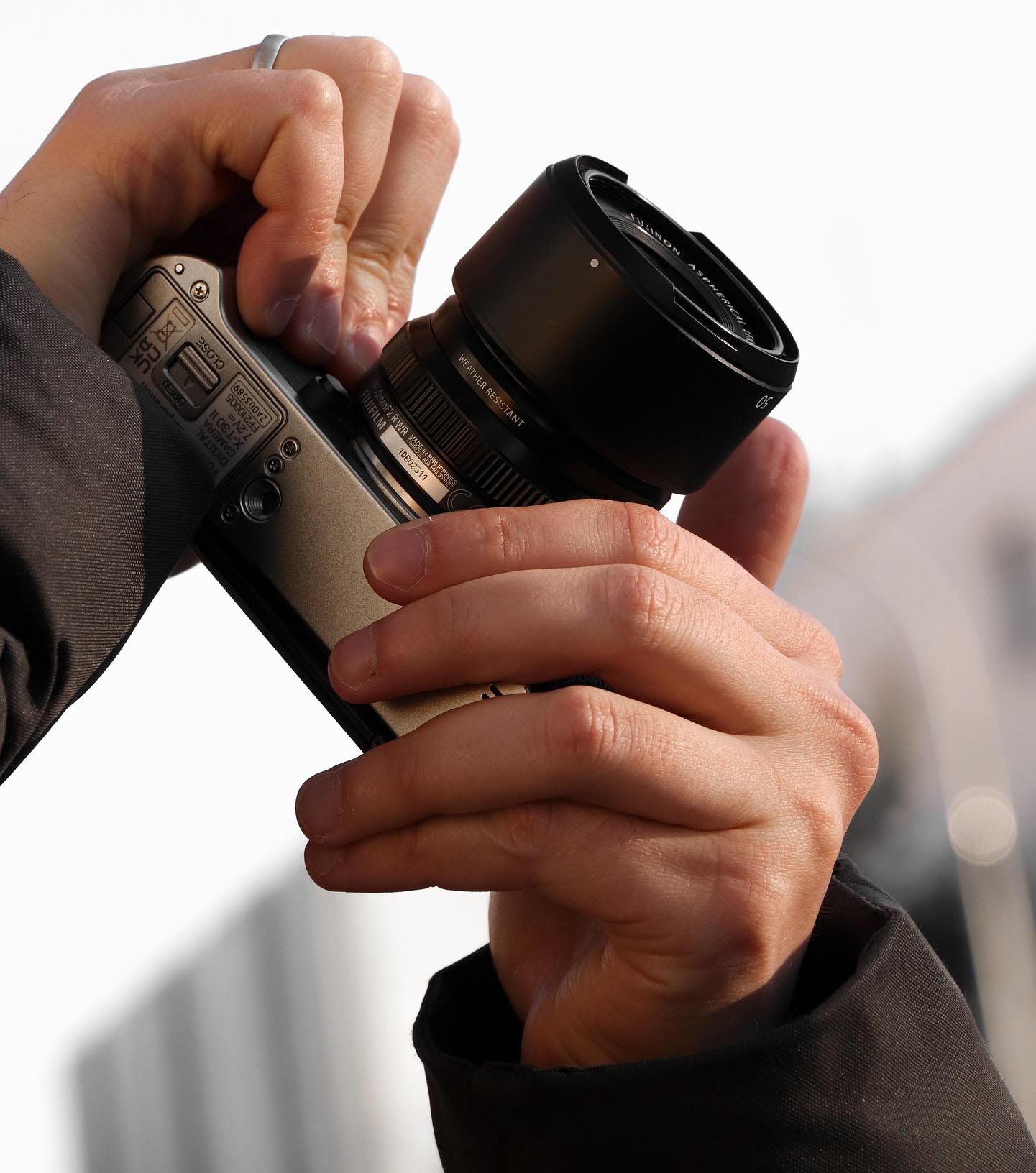
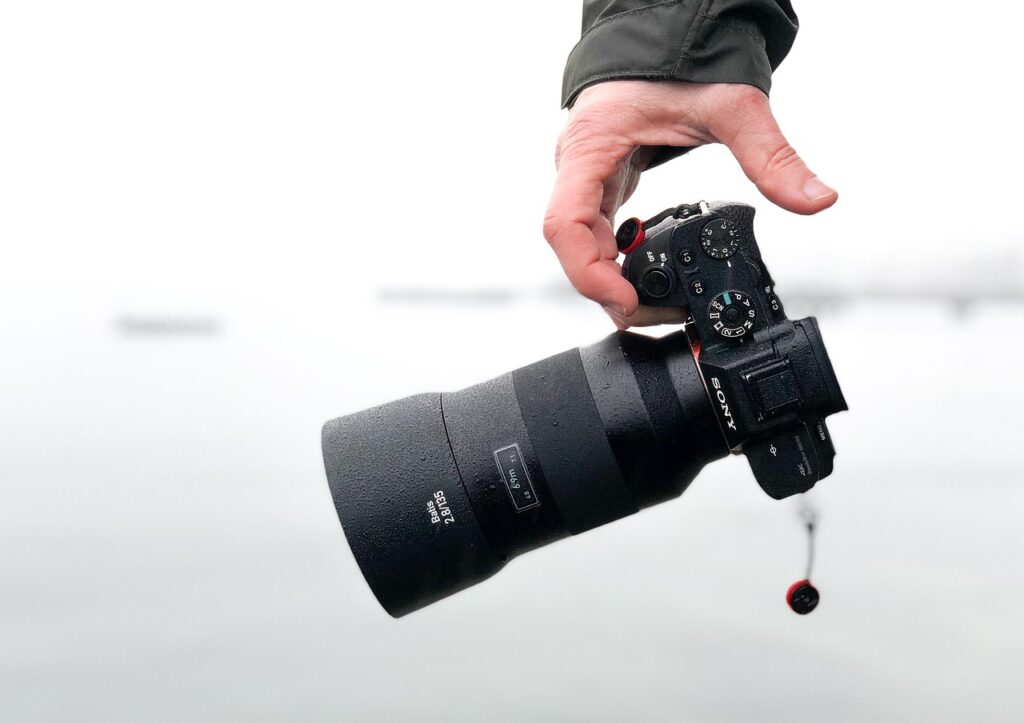
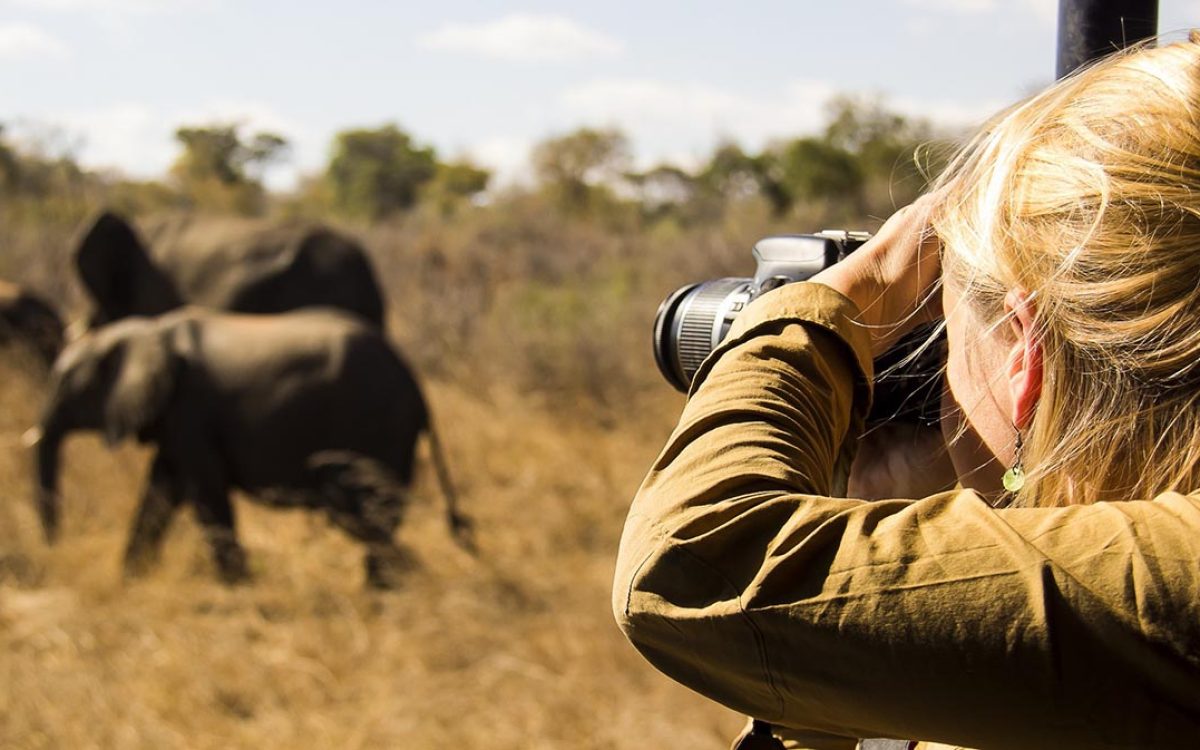
Photographing on Safari
You’ve arrived, have all your gear and are officially on safari! A typical day will begin at 6:30 a.m., with cookies and coffee or tea before you start your game drive. Having cleaned and charged all of your equipment the night before, you’re ready for anything!
Your main goal is to scout for interesting subjects to photograph when the light comes up. Midday should be spent editing and resting. Afternoon safari drives are typically from 4:00 p.m. to 6:30 p.m. New photographers often will want to stop for anything that moves to get a “record shot.” That’s fine, but get it and move on. In the evolution of a safari, those stops will become a thing of the past.
Often safari photographers frustrated early in the trip. One of the main culprits is the burning desire to get every shot available so their photo safari of a lifetime can be a success. There are often unrealistic expectations of filling a portfolio in the first few days of a safari. Relax—let the safari come to you. In East Africa, there are so many dramatic subjects in perfect situations that if you miss one opportunity, there’s another just around the next bend in the track. Be ready for it.
Accommodation
When it comes to your choice of accommodations, there are hotels, luxury lodges and permanent or mobile tented camps. All will have comfortable beds, in-suite bathrooms and showers, laundry facilities, attentive staff and good food. With prior notice, the cooks can accommodate dietary needs.
Camps operate off of generators and solar power. If there are specific hours of operation, they will do their best to accommodate photo groups’ charging needs. Most equipment we bring charges at both 110- and
220-volt. East Africa uses the UK plug style with its three big square prongs. Keep in mind that people will have lots of the same equipment, so it can be difficult to identify your gear at a community charging station. I put a colored sticker on each piece of electronic gear. Most accommodations also will have some form of Internet access.
Previsualize
Before you go on safari, you should have an idea of what images you would like to make. Here are two very different lists of hoped-for safari shots.
List #1: Elephants, a lion, a cheetah, zebras, a rhino, birds, a giraffe.
List #2: Dramatic animal behavior, animals interacting, mothers and babies, well-organized groups of birds and animals that show more than a pile of feathers and fur, storytelling images that capture the viewer’s attention.
If you can previsualize, you’ll be more prepared when the hoped-for situations arise.
If you really do have an interest in a particular animal, always make sure that the park you are visiting is home to this animal to start with! More than anything else, we need to stress, the game reserves are not zoos, and there is no guarantee that you will see any specific animal. Come with an open mind and you will not be disappointed.
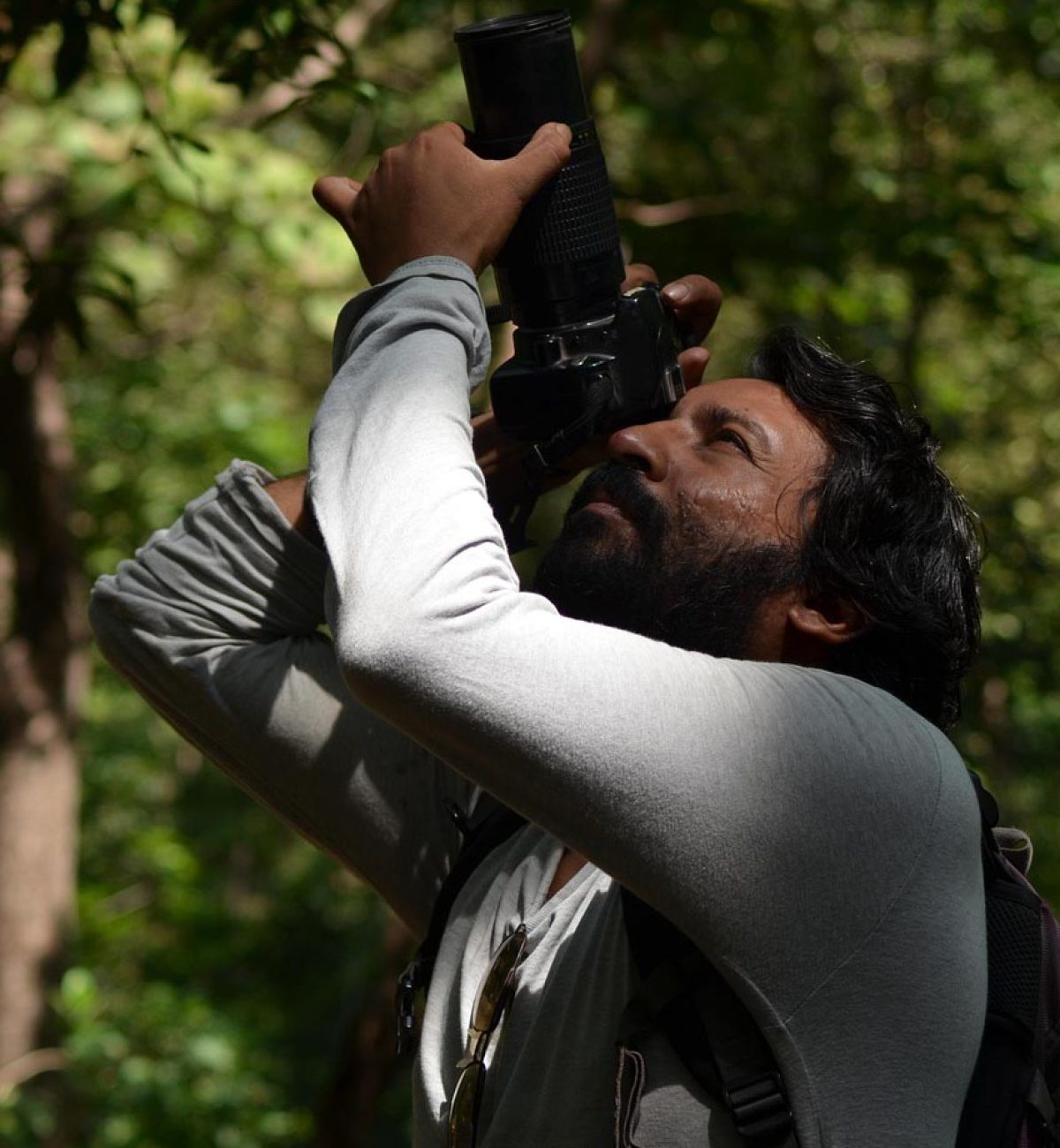
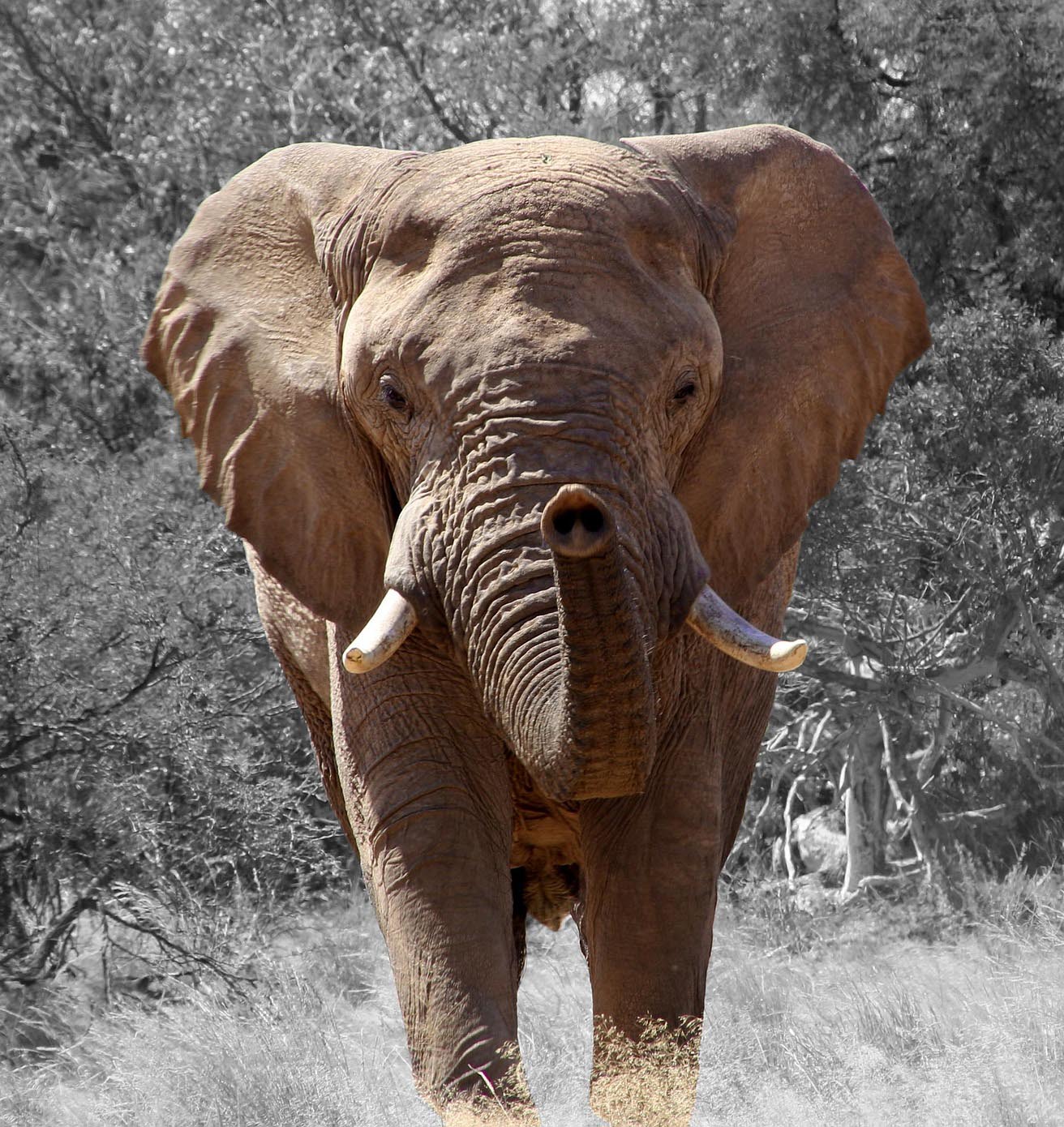
Final Piece of Advice
Enjoy the experience. As I said, let the safari come to you. Have fun, and remember you’re on holiday and you’re going to bring home great photographs from what may be your first of many “trips of a lifetime” to East Africa.
Tips For A Successful African Adventure
- An in-focus, well-exposed photo that includes a great subject isn’t necessarily a great If the photo you’re taking is a portrait, strive for the best head angle, facial expression and eye contact.
- If you have a group of animals or birds, look for interesting head positions and eye
- The most effective photos of two or three subjects will contain two or three sets of
- Add enough grass on the bottom of the frame to provide space for “virtual ”
- Remember to check the edges of your frame for unwanted
- Sometimes the best angle of view is from the lower window of your vehicle.
- Edit your images after every game drive—then back them
IS THIS FOR YOU?
Here are some key points to help you decide:
- We welcome photographers of ALL levels. Our expeditions are conducive to learning from one another and include instruction that will suit everyone’s photographic No question is off limits, no inquiry too basic.
- We have experience on photography We will spend most of our time and effort on safari / photographic activities and making images.
- Non-photographer or videographers will love these The wildlife experiences on this trip will appeal to anyone with a love for animals and nature. We have specialist guides leading all safari activities and optional activities (walking, balloon safaris, etc.) are also available subject to camp restrictions.




